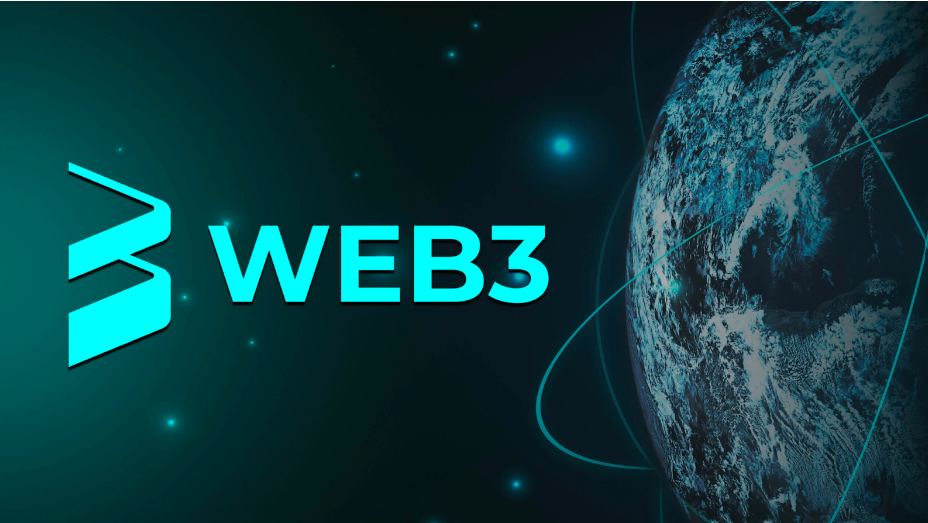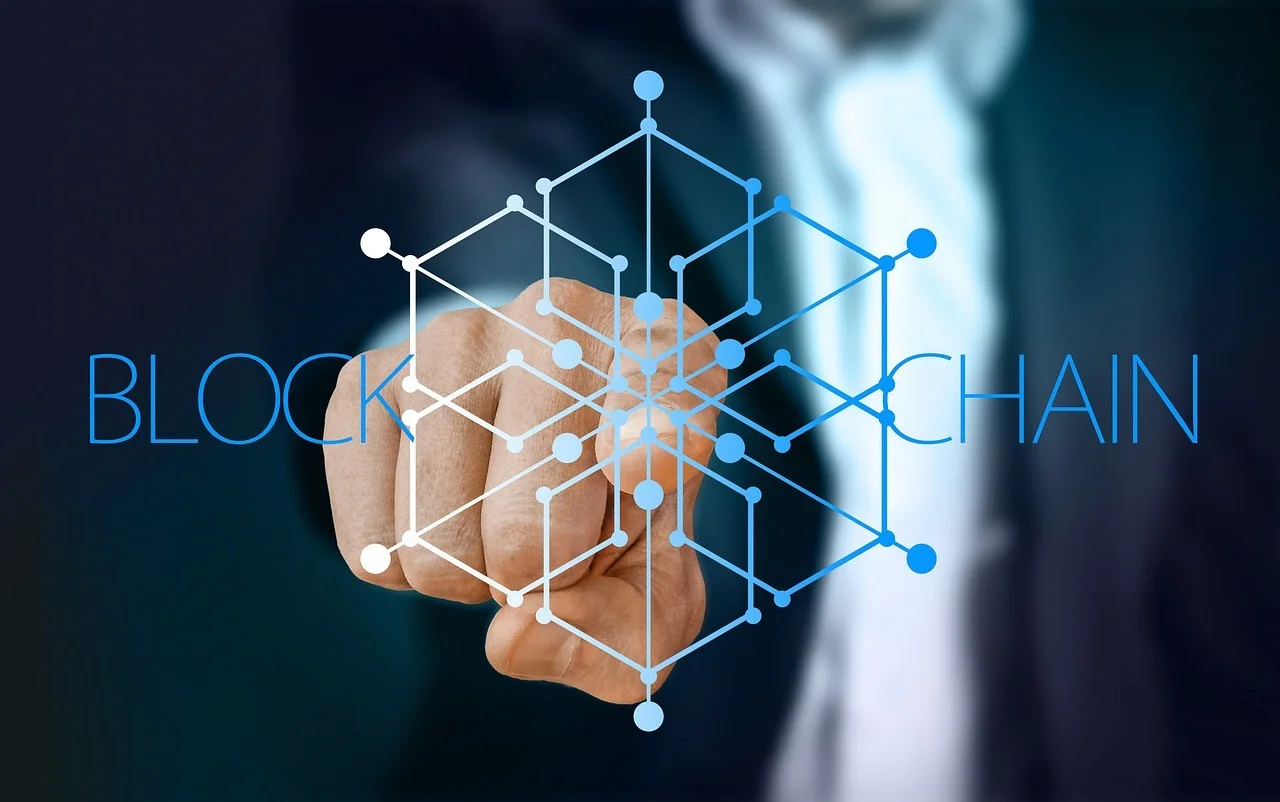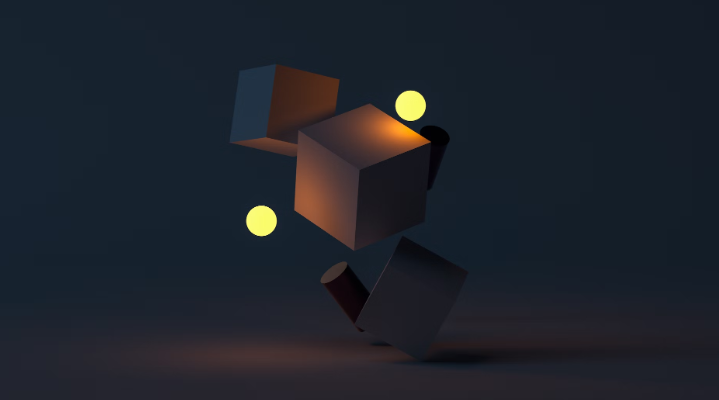Introduction to Web 3.0
Do you know Web 3.0? Have you ever listened to some keywords like Blockchain, Tokens, Smart Contracts, Block, Semantic website and do not really understand them? You want to deeply understand Web 3.0 and its application architecture. Let me explain for you in this blog.

0
Leave a comment
Submit with
Comments (0)




